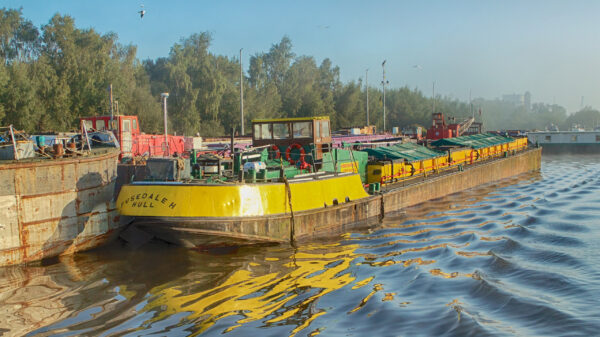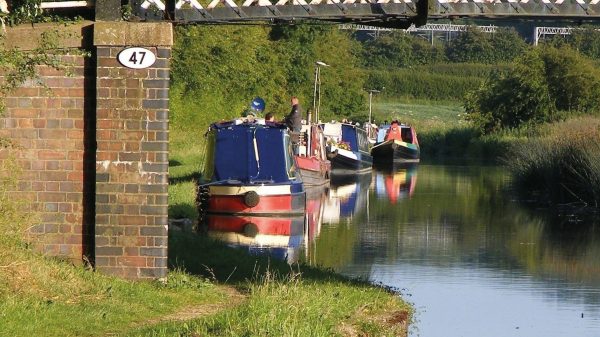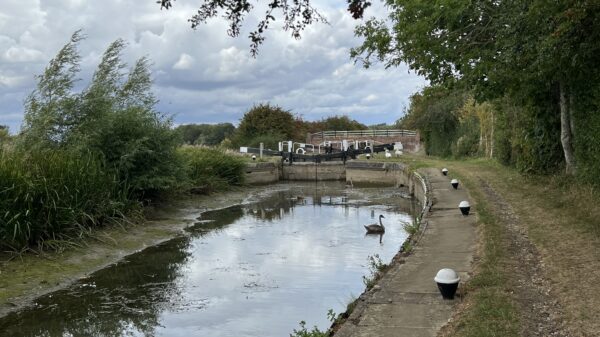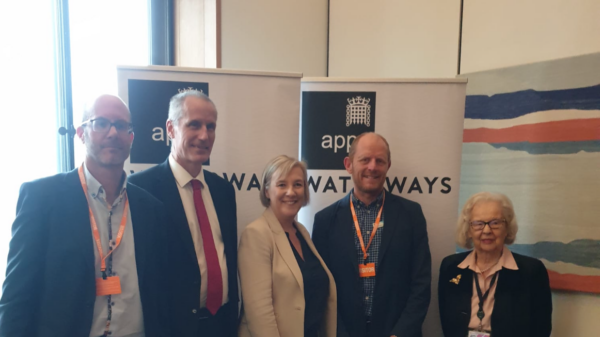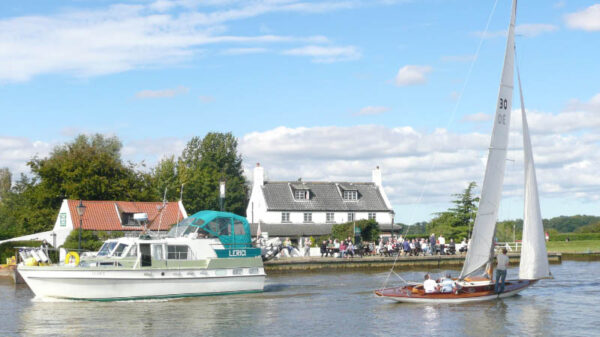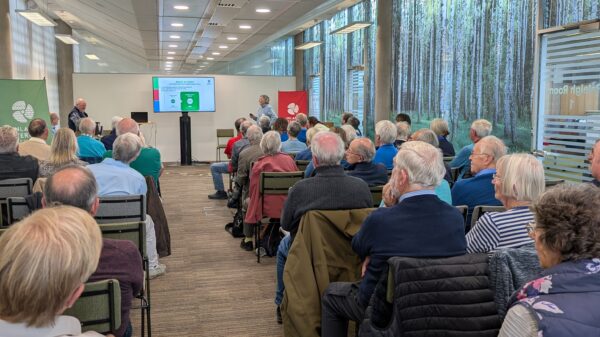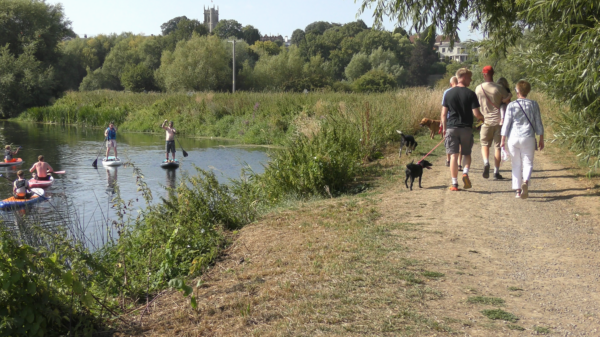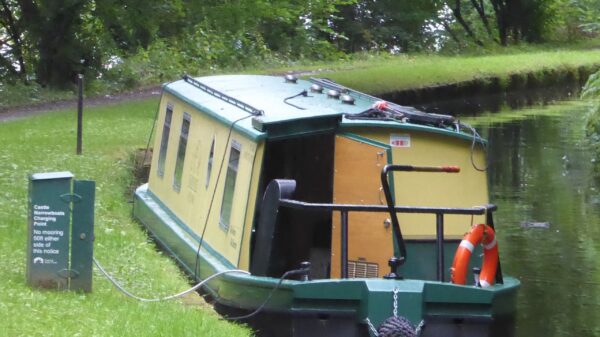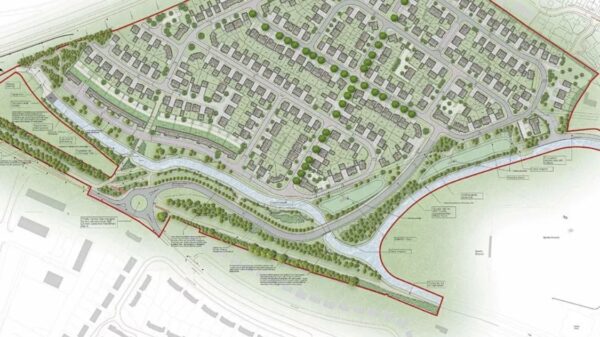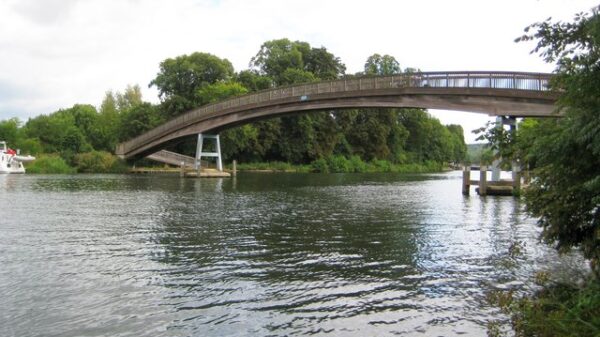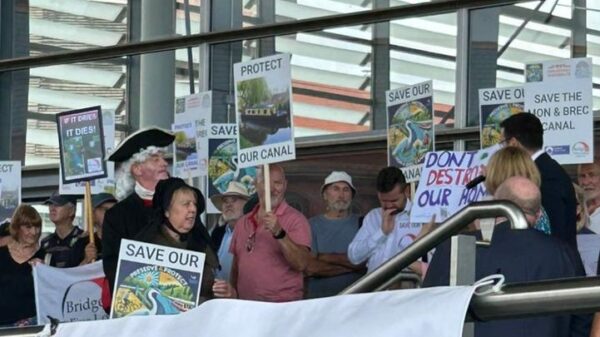Better by Barge makes a compelling case for shifting freight transport from congested roads to the country’s 5,000 miles of navigable rivers and canals, helping to cut emissions, improve air quality, and reduce congestion.
With the UK striving to meet net zero targets, the report demonstrates how moving freight by barge offers substantial environmental and economic benefits. A single freight barge can carry up to 1,500 tonnes, removing the need for up to 75 heavy goods vehicles (HGVs) from the roads. This shift could reduce carbon emissions from freight transport by as much as 76% per tonne, while also making urban areas cleaner and safer by cutting air pollution and traffic accidents.
Here are IWA’s Freight Group Chair, Gerry Heward’s views: “Waterways already exist as a national transport infrastructure, and they have the capacity to handle more freight. This report proves that moving goods by water is not only cost-effective but also significantly reduces carbon emissions and urban air pollution.”
The report also draws attention to the social and health benefits of reducing HGV traffic in cities, where high-density populations suffer disproportionately from poor air quality. Logistics UK Water Council’s Pamela Mounter called the findings “timely and relevant”.
To make the most of the UK’s inland waterways, Better by Barge recommends:
- Government investment to improve capacity and encourage modal shift.
- Support for low-carbon fuels like Hydro-treated Vegetable Oil (HVO) to aid the transition to Net Zero.
- Protection of key freight sites from redevelopment pressures.
- Reintroducing Freight Facilities Grants (FFGs) in England to help businesses connect to waterways.
- Expanding the Mode Shift Revenue Support (MSRS) scheme to make water freight more cost-competitive.
- Investment in training to build skills in the water freight sector.
The Better by Barge report underlines that inland waterways have an essential role to play in the UK’s journey towards a greener future. With the right policy support, investment, and infrastructure, shifting more freight onto water is a practical and achievable step in tackling climate change and congestion.
Find the full report here.

